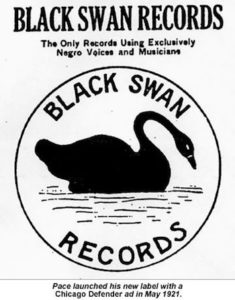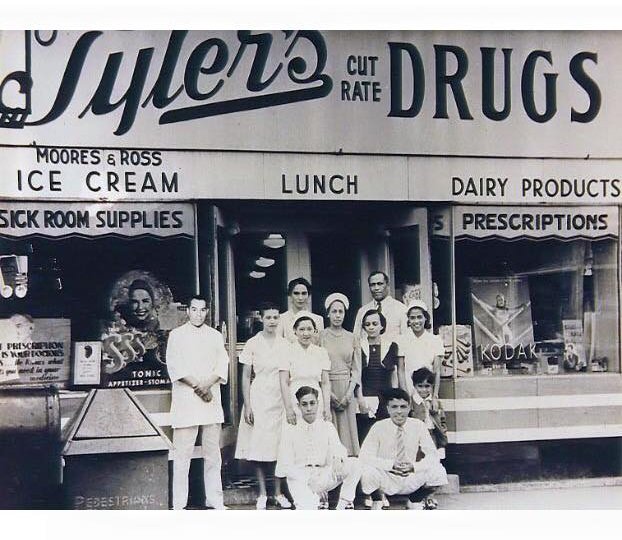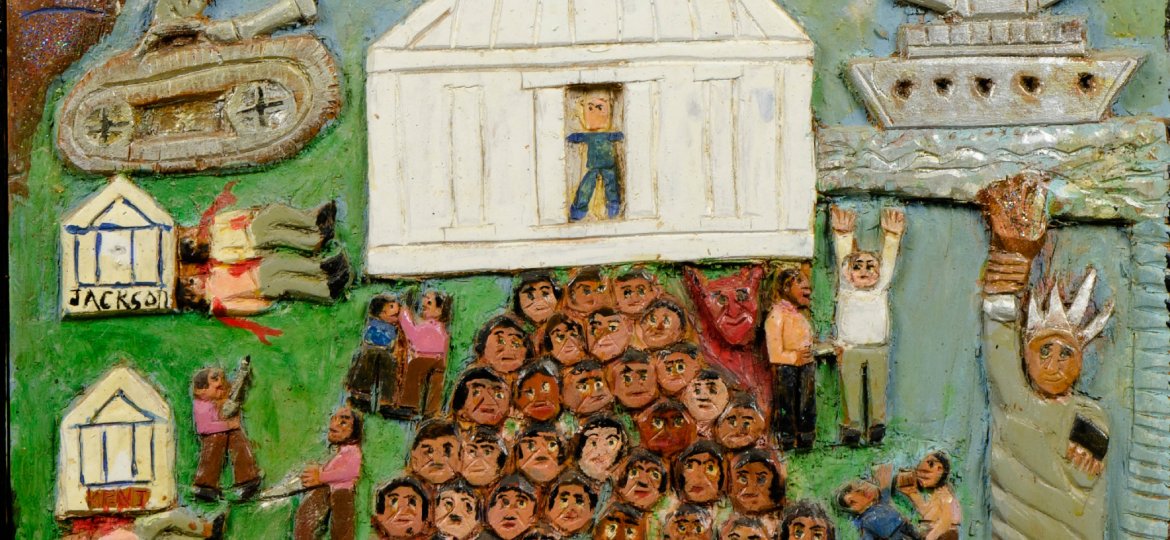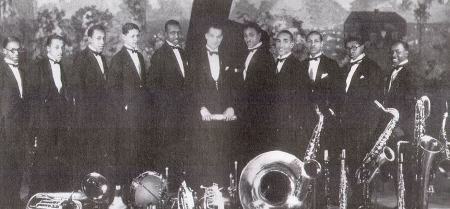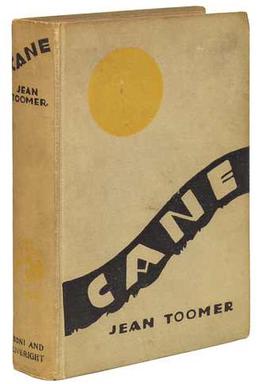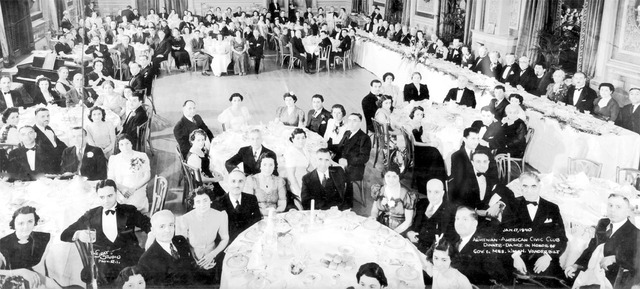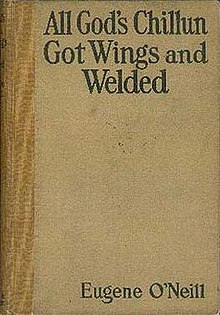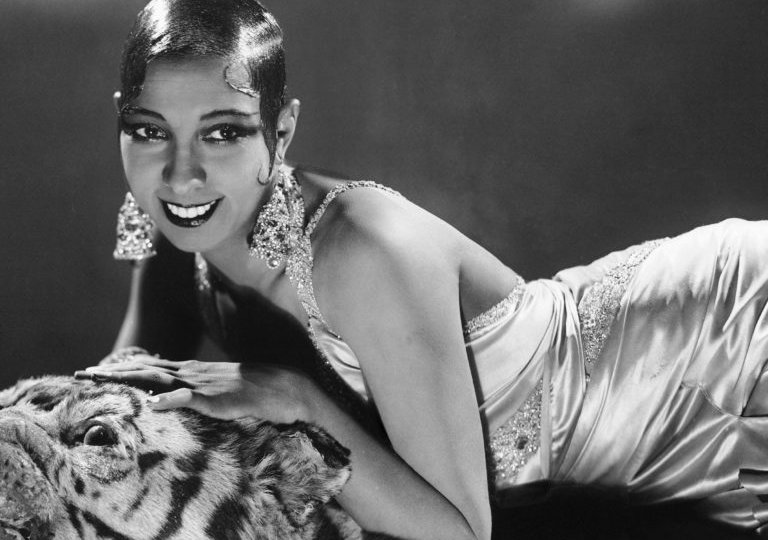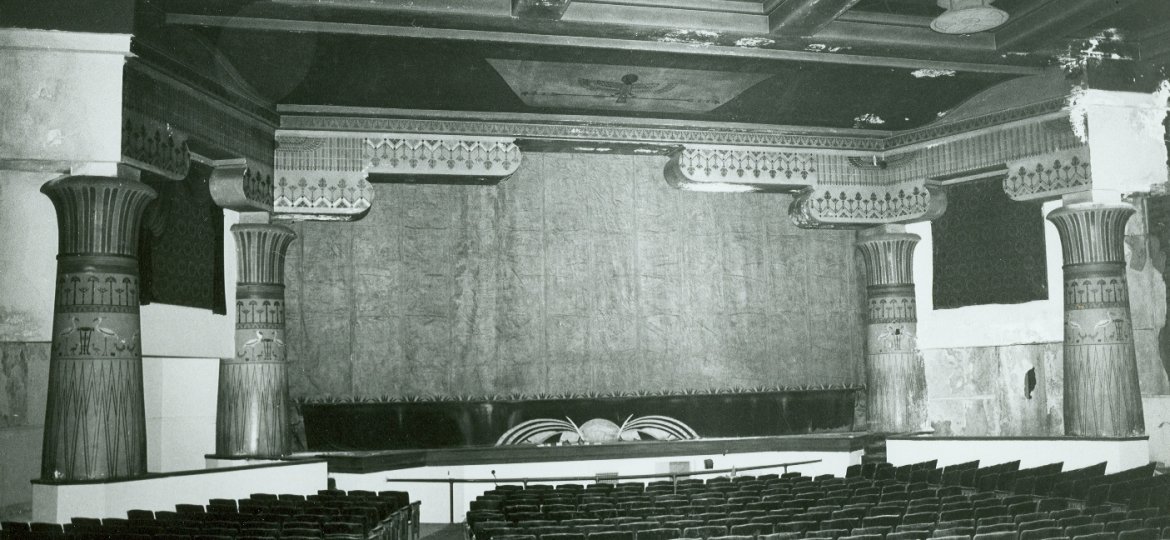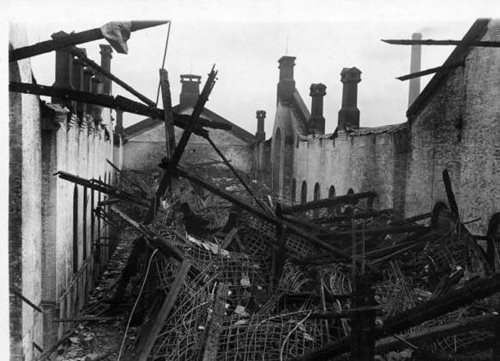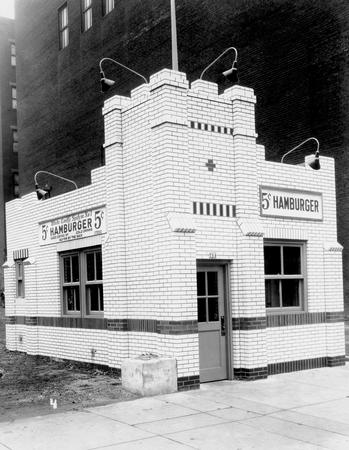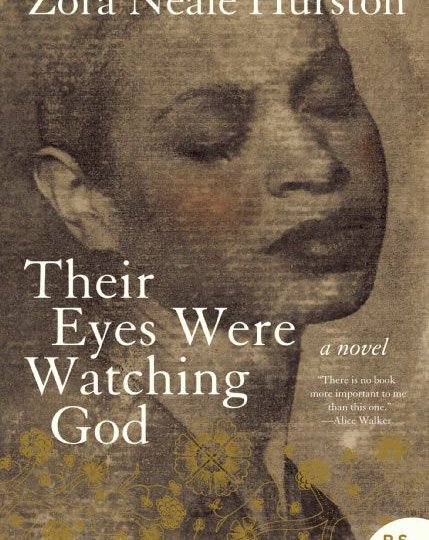Long Street to Harlem
As part of I, Too, Sing America: The Harlem Renaissance at 100, take a journey from “Long Street to Harlem”!
While the Harlem Renaissance in the United States is most closely identified with the New York City neighborhood of the same name, other African American communities across the country were experiencing vigorous arts and culture awakenings of their own. None flourished greater than the King-Lincoln District.
Click on any of the “Read More” links to learn about important milestones that occurred during The Harlem Renaissance in New York City and Columbus, OH.
Use the links at the top of the page to explore other pieces of the #CbusHarlem100 project around Columbus in 2018!
I, Too, Sing America: The Harlem Renaissance at 100 creates a catalyst to unite, collaborate and celebrate the Columbus black arts community through education, exposure, and expression. Learn more at cbusharlem100.org
Journalist Ralph Waldo Tyler will become editor of the newspaper Afro American and co-founder of The Free American. He is an advocate for racial justice in Columbus and nationwide. As a journalist he will come in contact with and influence many others in his mission.
Originating in plantation slave quarters as a mockery of the way aristocratic southerners carried themselves, the dance formalizes and becomes a regular feature at parties and minstrel shows. Its popularity in Columbus is matched by its absurdity. One interviewee says of the phenomenon: “…cakewalking isn’t what it used to be…white folks have taken it up now…when white folks try to imitate the negro, they are a sorry failure …” (Columbus Evening Dispatch)
Though it is built for Charles H. Lindenberg, president of the Lilley Regalia Company, by 1920 it is destined to become the home of ten governors of Ohio
Established by a biracial group of activists and intellectuals in response to a series of racially motivated attacks in Springfield, IL, the year before, The National Association for the Advancement of Colored People will take both a social and legal approach to race problems in America.
Governor Jud Harmon summons 2000 Ohio National Guardsmen to put down the Streetcar Strike.
First Issue of “The Crisis,” a literary magazine first edited by W.E.B. Du Bois, was published.
St. Clair as a hospital that serves mostly railroad workers. It later becomes the St. Clair Hotel and is noted for its use by African American entertainers who play in Columbus, but are denied white hotel lodging. By 2018, it will be converted into luxury apartments.
The first day of the Ohio Constitutional Convention takes place. Despite having claimed dozens of progressive ideals in the last century, this convention will introduce and defeat bills to remove the word “white” from the state constitution, abolish the death penalty and grant women the right to vote.
The book outlines many tenets the New Negro movement will take on.
March 23-26: The Great Flood of 1913 develops into the worst natural disaster in Ohio and Indiana history. While historians tend to focus on devastation primarily in Dayton and Indianapolis, the entire city of Columbus is submerged as well.
This all-Black regiment – called the Black Rattlers in the US, The Men of Bronze by the French and The Harlem Hellfighters by the Germans – also has a marching band of renown. The lavish parade thrown upon their return to Harlem marks the beginning of what we refer to as the Harlem Renaissance.
Black citizens in Columbus celebrate Emancipation Day with a parade on Mt. Vernon for many of the Knights of Pythian lodges, a gathering of the Colored Women’s Suffrage Association of Columbus (where Dora Sandoe Bachman, first woman elected to the Columbus School Board, speaks), and a large picnic at Glenmary Park, a large nature park near Worthington on Route 23 across from Camp Mary Orton. The mural you see here was painted by Ms. Aminah Robinson in 1993.
When the building is razed half a century later, excavators find a letter written by John Deshler, the hotel’s proprietor. The hotel will be one of the few to allow for integrated workforce and clientele during through the teens and twenties.
By all accounts the wealthiest Black woman in America, Madam Walker had built a cosmetics empire selling Black cosmetic products to people who hadn’t been considered a market before.
The Ohio State Journal publishes a weekly in a column entitled “Afro-American News” and written by Ralph Tyler. News covered by this special feature will include social events, church happenings, house parties, marriages, fraternal and lodge news, rallies, Sunday school classes, reading circles, and families entertaining out-of-town guests. It is thought that the word “Afro-American” first appears in Columbus.
Claude McKay published “Two Sonnets” under the pseudonym Eli Edwards for his first publication. The end of the first of these pleads to the Ancestral Spirit “Lift me to thee out of this alien place So I may be, thine exiled counterpart, The worthy singer of my world and race.”
In March 1917, Nimrod Allen helps foster partnerships with civic groups, school leaders, NAACP, YWCA, and YMCA to form the Federated…
The magazine raises awareness of workers’ rights among Blacks in the US while challenging both the reactionary Tuskeegee philosophy led by Booker T. Washington and the NAACP, then most closely associated with Du Bois.
The UNIA’s separatist “Back to Africa” Movement’s controversy lay mainly in the sheer power Garvey seemed to wield, as evidenced by their rapidly-increasing membership and lavish parades through Harlem.
10,000-15,000 people march down 5th Avenue in the Silent Parade. The parade marks an important step in the NAACP’s efforts to bring attention to the lynching problem roiling much of the country.
A new Black YMCA is built on Spring Street, hiring Nimrod Allen, a 1910 graduate of Wilberforce University, to be…
A 19th century stagecoach stop on Sunbury Road is converted and expanded into a dance ballroom in 1918, Valley Dale. It is the most famous of the Columbus ballrooms/dance halls but only one of several music venues. By 2018, it will have become a popular event rental space.
The YWCA War Service Center opens on 495 East Long to organize young girls and women, clubs, and charities for fulfilling needs both home and overseas that the war has created.
In October, the YWCA will release a report that touts “splendid results” for their program dedicated to Black girls, especially highlighting the basketball and elevator operator portions of the program.
Company B is cited for bravery and heroism in the battle of Champagne and is presented with the Croix de Guerre and the Distinguished Service Cross. Like other veterans, they arrive in Columbus to public accolades, parades down High Street from Union Station, dinners and toasts. They will, however, not easily find employment after returning home.
The conference will be repeated periodically for the next several decades, bringing Black leadership from all across the globe to address issues facing people in the African diaspora.
The African-American population doubles by the end of the decade as migrants stream north looking for work. The Mount Vernon Avenue and Long Street corridors emerge as thriving African-American commercial areas.
This is in spite of increasing application of Jim Crow laws and Klan activity in the wake of the end of WWI. Tyler continues to publish a weekly column in the Ohio State Journal.
25,000 people attended the “First Great Convention” of the UNIA.
Nimrod Allen, with five years as a trained social worker and a record of organizing collaborative efforts, becomes executive director of the Columbus Urban League. Major initiatives include improved race relations; health, education, and employment help for new Southern migrants; and counteracting a surge of Ku Klux Klan activity in Columbus.
Purportedly written by Langston Hughes while he was on a train crossing the Mississippi the year before, the poem has remained a landmark piece of the period and movement.
Black Swan Records, the first notable Black-owned and operated record company in Harlem, opens.
“Shuffle Along” opens in late May, running for 484 performances through July 15, 1922.
Waldo Tyler, son of the late Ralph Tyler, opens the Community Pharmacy at Long and Hamilton. The Tyler family lives at 175 South Champion, and the Tyler name will become well known in future generations. Dana Tyler will become a popular TV news anchor in Columbus in the 1980s before moving to New York.
Book of American Negro Poetry, ed. James Weldon Johnson, released. While the collection includes precursors to the movement like Paul Laurence Dunbar and founders like WEB Du Bois and Jessie Fauset (both of whom edited The Crisis,) it omits poems by McKay, Toomer, Hughes– in part because some of these had only a few poems (or had yet to be published ) in The Crisis.
Langston Hughes’ “Mother to Son” first published in The Crisis. The last quadrain resonates for generations.
Many of the poems are at once ecstatic, ambivalent, and dark. The title poem, for instance, is about a prostitute. In another poem, “America,” he writes “I love this cultured hell that tests my youth!”
Celebrated folk artist Elijah Pierce arrives in Columbus to marry his second wife, Cornelia Houeston, who is from the city. He works as a barber and will eventually have his own shop on East Long Street. Pierce is also a minister, and his work is closely tied to Bibical themes and stories. Not “discovered” by the outside art world until the 1970s, he will be given recognition by the National Endowment for the Arts as one of fifteen master artists in America in 1982.
“Chip Woman’s Fortune” by W Richardson opens on Broadway. It’s the first non-musical written by a Black playwright to be produced there. The one act comedy runs for a month.
It’s all-white clientele is served by a mostly black staff and entertainment, launching the national careers of Duke Ellington, Cab Calloway, The Nicholas Brothers, and a host of others.
The novel, which mixes prose, poetry, and scenes, is the first to be published from the movement that challenges literary form and is considered a model of High Modern literature.
Black Swan Records, established just two years before promising to produce and promote Black music made by Black people, folds. Despite this, many of their signature artists, including Fletcher Henderson and Ethel Waters, continue to thrive for decades. This recording of “Lonesome Journey” by Fletcher Henderson and his orchestra was recorded around the time that Black Swan declared bankruptcy, though it’s unclear whether it was a Black Swan recording or not.
Lois Deppe, singer and sax player who will later claim Columbus as his home, becomes one of the first African Americans to be recorded by early studios. Much later, he will become part of the original cast of “Showboat” on Broadway. Here he sings “Motherless Child.”
Mar. 21st– A large dinner at the New York Civic Club is held, formalizing relationships between Black essayists, novelists, poets and philosophers with publishers of both predominantly Black and White publications. Many consider this dinner gathering, attended by over 100 people and Emcee’d by Alain Locke, to be the official jump-off for what we call the Harlem Renaissance.
Written by Eugene O’Neill, the play paints a complex but ultimately out-of-touch and negative view of interracial marriage. It closes in late October of that year and is the last of O’Neill’s plays to feature a Black protagonist.
Faucet’s and White’s fictional works explore the problems facing members of an emerging Black educated class in a segregationist American society.
Popular New Orleans trumpeter Louis Armstrong joins The Fletcher Henderson Orchestra, at the time one of the hottest bands in the country. This version of “Copenhagen” is recorded soon after.
Josephine Baker makes Broadway debut as featured singer/dancer in “Chocolate Dandies.”
“Enter the New Negro”– Alain Locke’s treatise on the explosion of Black art, music and literature stemming from the Great migration and increasing urbanization of the Black population– is published. While a subtitle of the piece does make reference to Harlem being the “Mecca” of this movement, the word “Renaissance” never appears once in the 3,777-word essay.
Division of Negro History and Print founded at 135th St. Library. With the aid of a sizable donation by bibliophile and philanthropist Arturo Schomburg the following year, the library becomes an early center for Black cultural research. Nearly a century later (in 2018,() The Schomburg Center for Research in Black Culture will stand as a premiere example of its kind, hosting studies and symposiums on everything from fine art to video games made by and marketed to people of color.
“Rhapsody in Blue,” part of a series of caricatures by Miguel Covarrubias, begins to appear in Vanity Fair magazine.
In an effort to market their restaurants and lounges, the Deshler Hotel at Broad and High will routinely book popular black entertainers and bands because they draw a crowd. Black entertainers are not allowed to stay in the hotel. They will return to the Near East Side for accommodations, often playing late night sets in black clubs or at the St. Clair or Macon hotels, drawing both black and white audiences.
On Thanksgiving Day the Ogden Theater opens with great fanfare. Ushers were dressed in Egyptian style pantaloons to accentuate the Egyptian Revival theater decor. Built by African American entrepreneur Al Jackson and designed by architect Carl Anderson, the venue will be renamed the Lincoln Theatre in 1939.
“Harlem: A Melodrama of Negro Life In Harlem” by Wallace Thurman and William Jourdin Rapp is produced at the Apollo Theater
The Ohio Penitentiary fire kills 322 prisoners. The prison has a capacity for 1500 prisoners. At the time of the fire, it holds over 4000 inmates.
Set just after the American Civil War in the south, it stars Lionel Barrymore as a retired Confederate colonel, Shirley Temple as his chipper, precocious grand daughter, Bill “Bojangles” Robinson as a tap dancing butler and Hattie McDaniel as a boisterous maid.
The Harlem Race Riot of 1935, sparked by a teenager’s theft and unsubstantiated (and untrue) rumors of his death by…
Set at the beginning of the Civil War, the film begins at Temple’s character’s sixth birthday party, where Bill Robinson plays a slave who dances for the guests’ entertainment at the beginning of the film.
White Castle Headquarters established. In 2018 the company will be a major under-writers for the annual National Urban League Conference held at the Greater Columbus Convention Center.
While the book cements Hurston’s place in American literary history, it also marks an end to the official output of the Renaissance.
Hughes’ “The Big Sea,” an Autobiography starting from his earliest memories til the age of 28, is released. Review from August 25th of that year mentions Hughes’ discovery by Vachel Luindsay, but makes no mention of WEB Du Bois. The Crisis– the NAACP’s literary magazine that Du Bois edited, is mentioned twice.





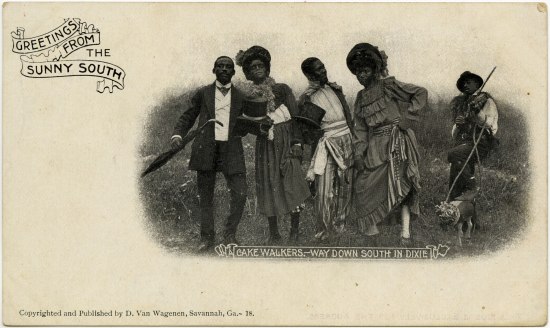

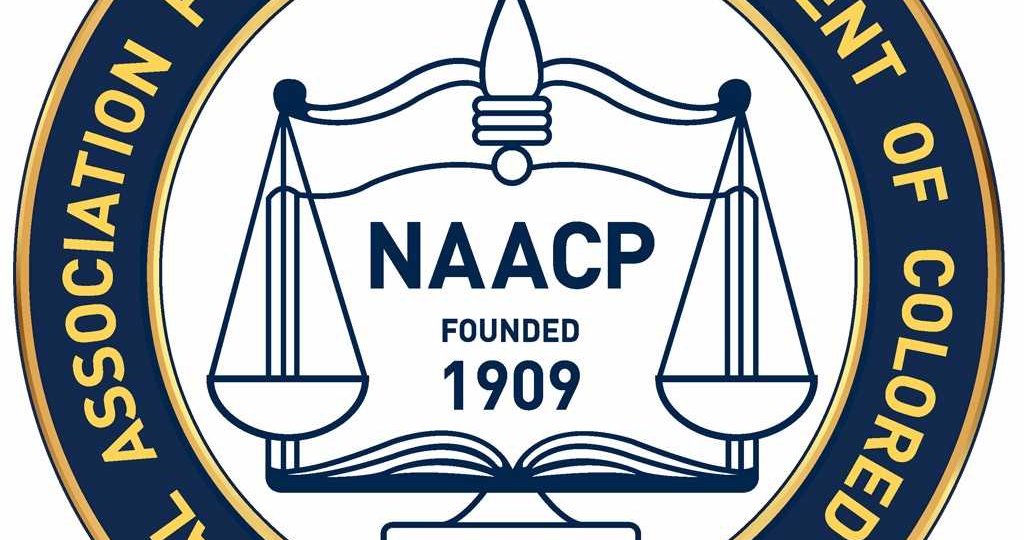


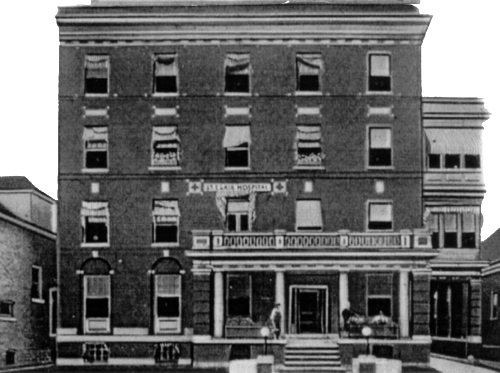
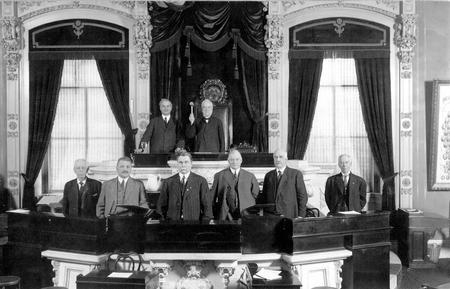
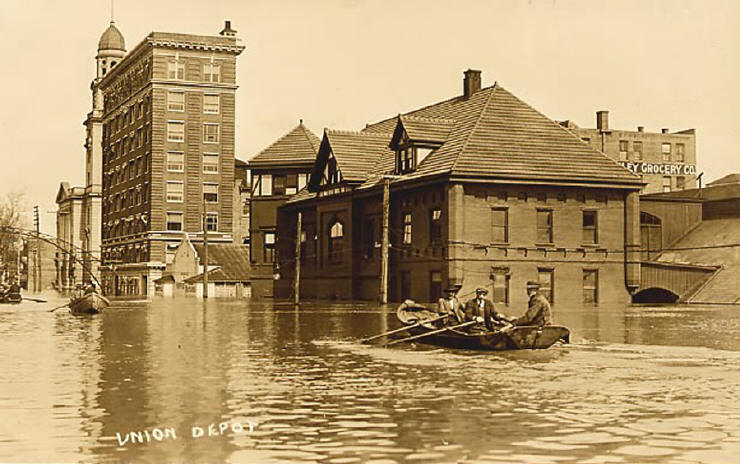
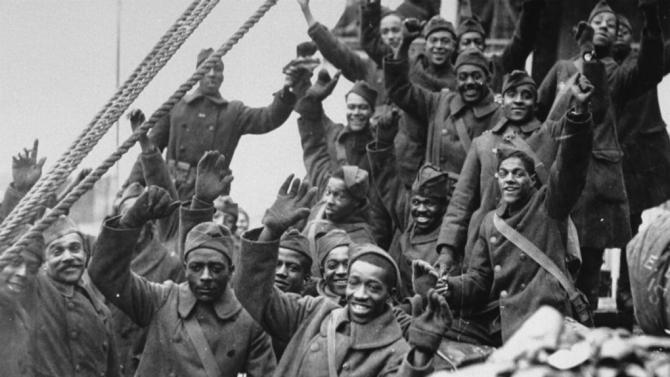
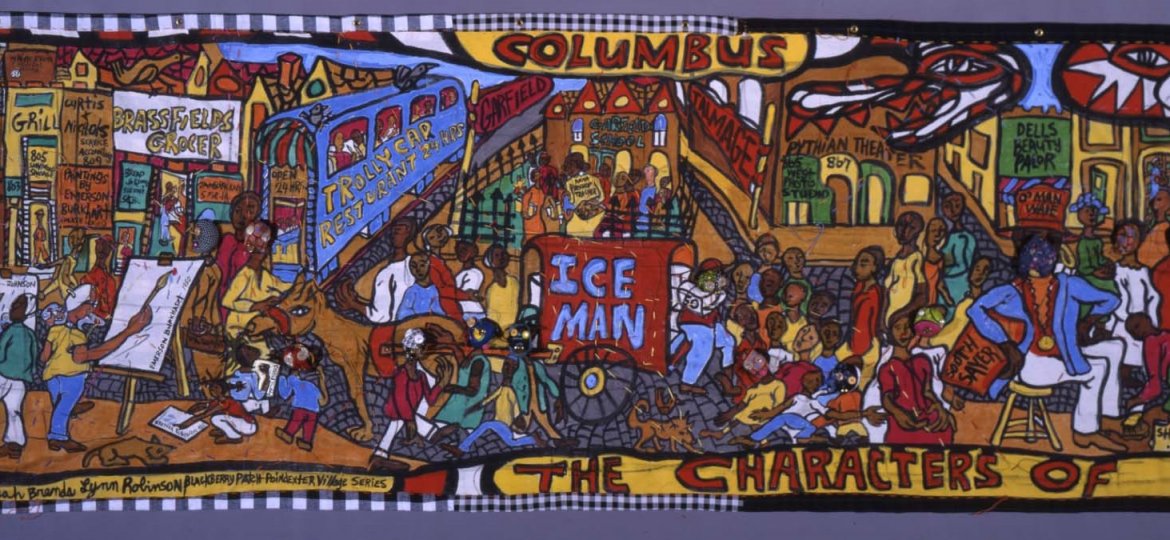
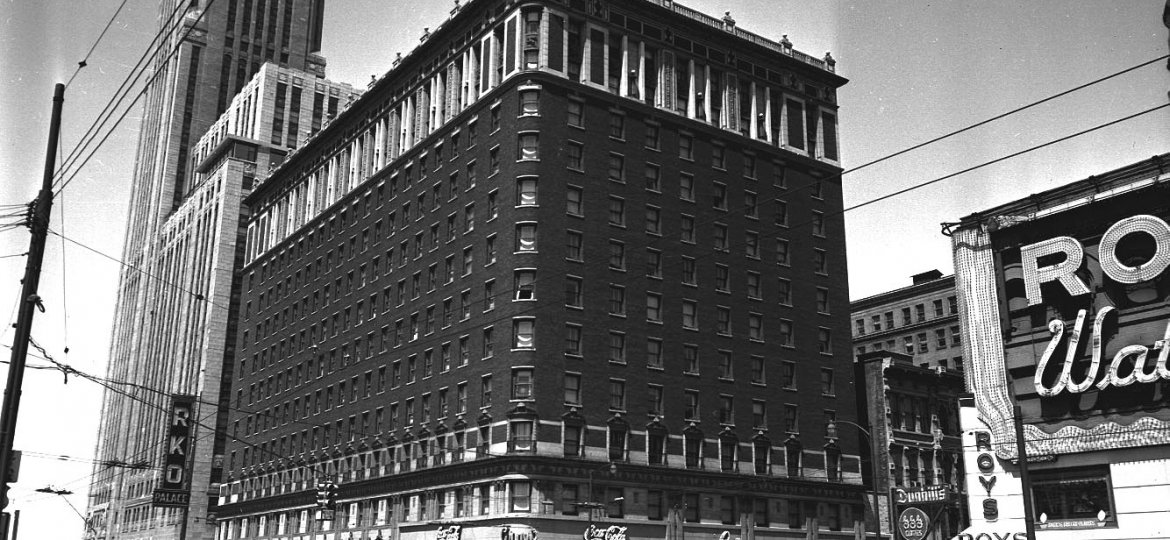
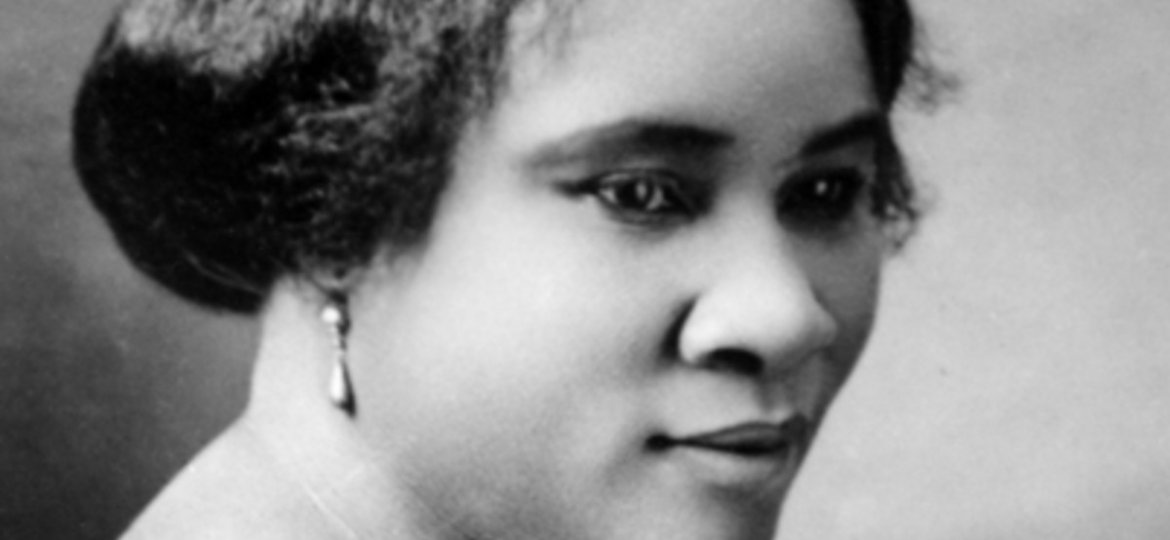
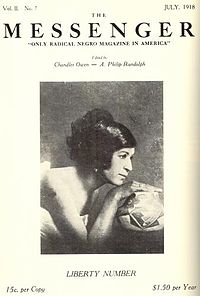
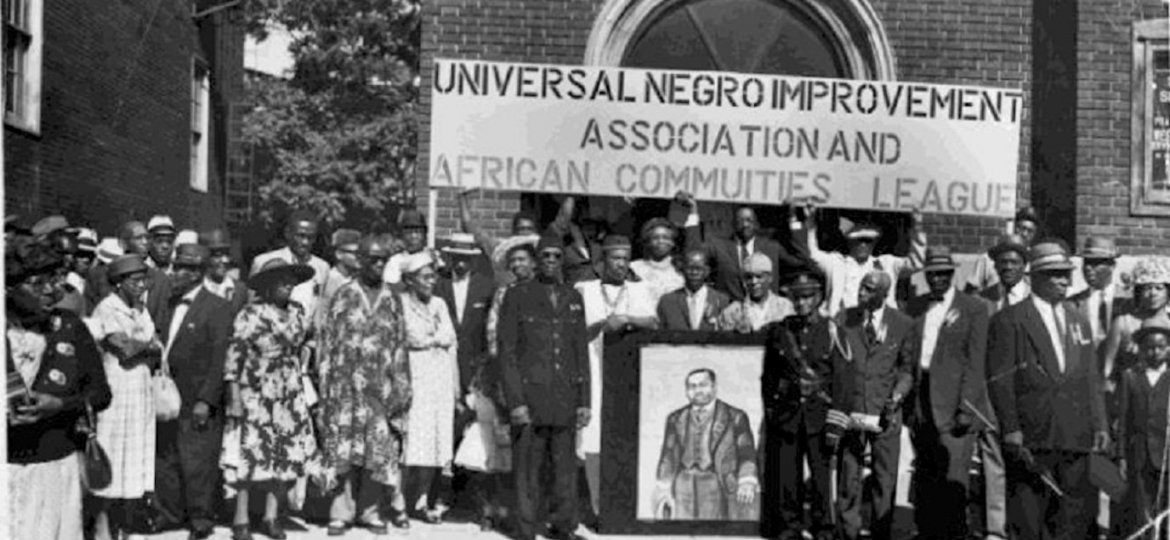

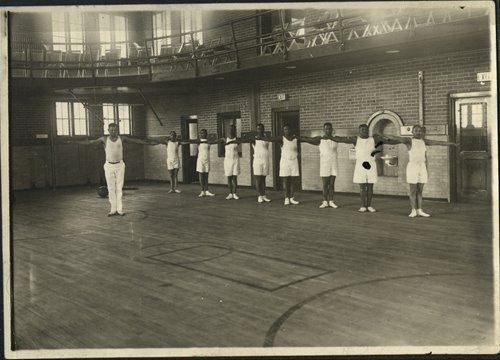
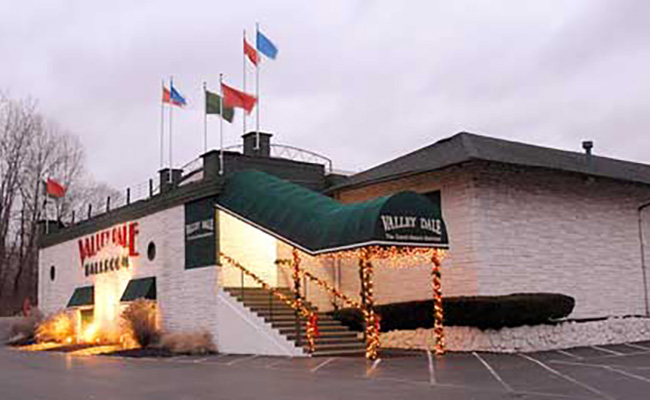
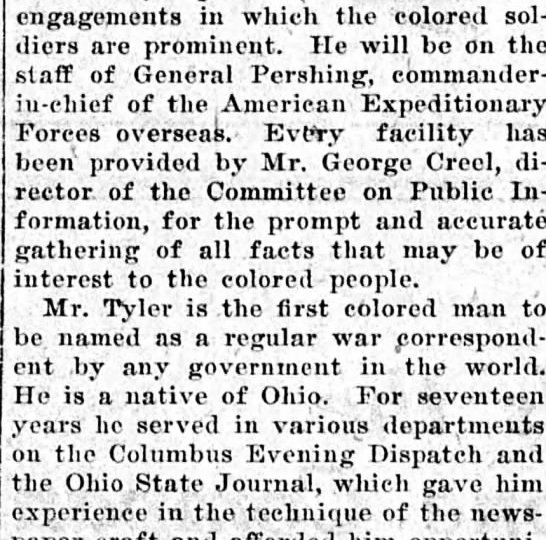
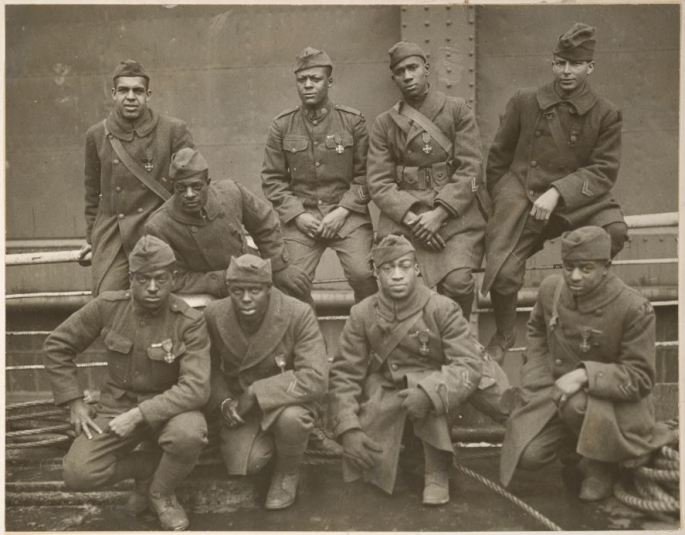
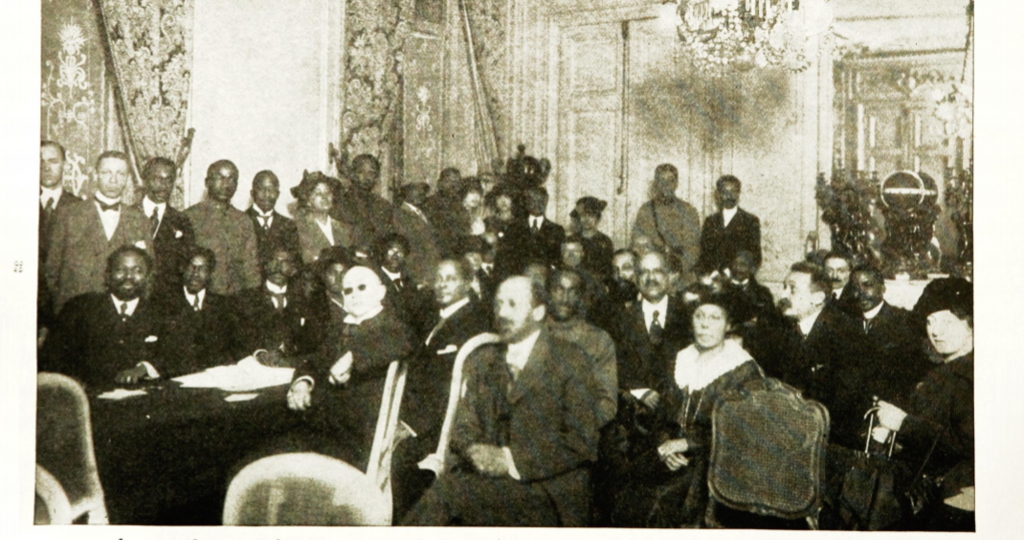

![allen[1]](https://featured.catco.org/wp-content/uploads/2018/08/allen1-thegem-blog-default-large.jpg)
